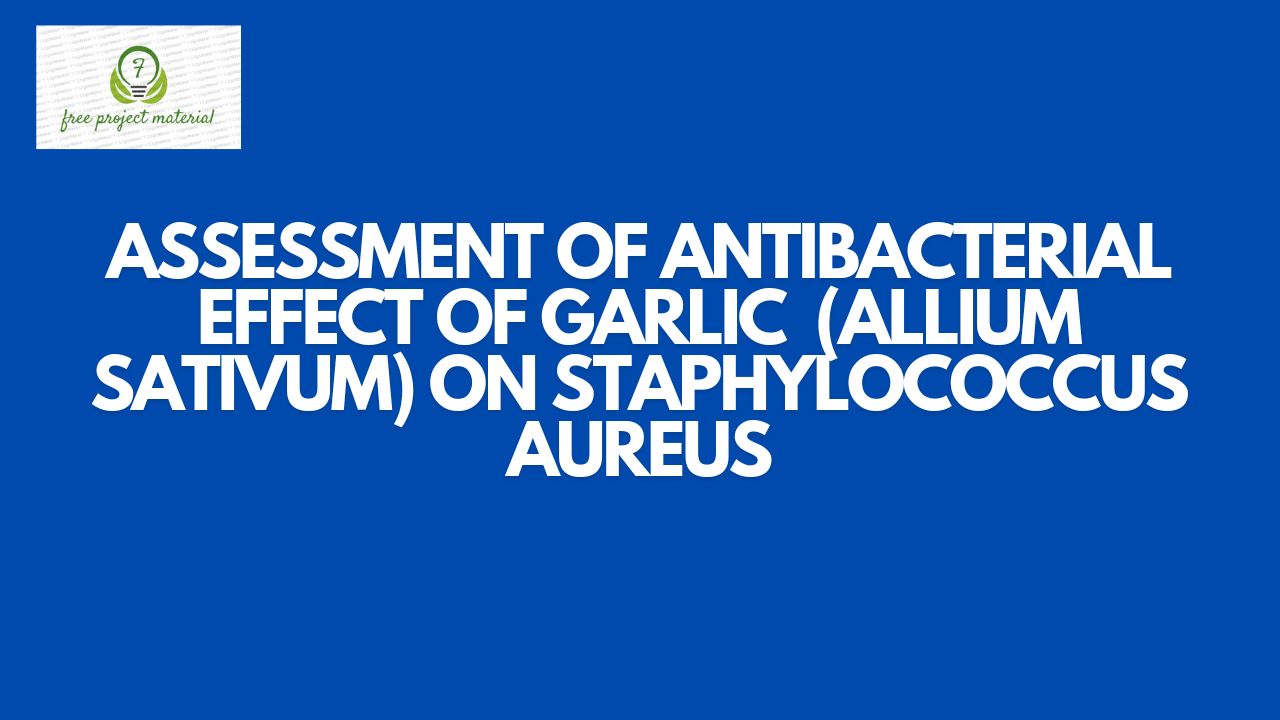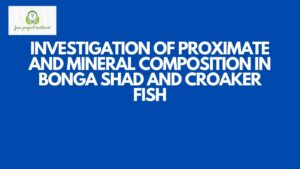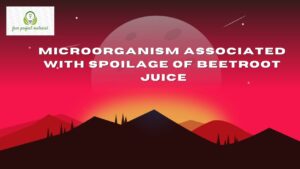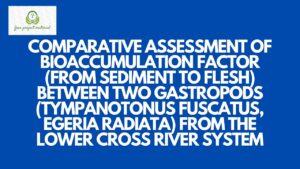ABSTRACTS
The research work was aimed at determining or assessing the antibacterial effect of garlic on Staphylococcus aureus (S. aureus). Garlic was used in the investigations to determine its efficacy, the staphylococcus aureus at 80% concentration zone of inhibition was 17.5mm and 7.0mm proven to be effective. And it zone of inhibition at 100%, 60%, and 40% was ineffective.
TABLE OF CONTENT
Tile page- – – – – – – – – – i
Certification- – – – – – – – – ii
Dedication- – – – – – – – – – iii
Acknowledgment- – – – – – – – – iv
Abstract- – – – – – – – – – v
Table of content- – – – – – – – – v-viii
CHARTER ONE: INTRODUCTION
1.1 Background of the Study- – – – – – – 1-3
1.2 Aim and Objectives of the Study- – – – – 3
CHAPTER TWO: LITERATURE REVIEW
2.1 Origin of Garlic– – – – – – – – 4-5
2.2 Description of Garlic – – – – – – – 5-6
2.3 Uses of Garlic – – – – – – – – 6
2.4 Potentially Active Chemical Constituents of Garlic- – – 7-8
2.5 Role of Garlic in Health- – – – – – – 8-9
2.5.1 Treat Cardiovascular Disease- – – – – – 9
2.5.2 Reduces High Blood Pressure/Hypertension- – – – 10
2.5.3 Reduces High Blood – – – – – – – 10-11
2.5.4 Antimicrobial – – – – – – – – 11-12
2.5.5 Antibacterial- – – – – – – – 12-13
2.6 MECHANISM OF ACTION OF ANTIBACTERIAL
AGENTS– – – – – – – – – 13
2.6.1 Bacterial Protein Biosynthesis- – – – – – 13-14
2.6.2 Cell Wall Biosynthesis- – – – – – – 14-15
2.6.3 Inhibiting Nucleic Acid Synthesis- – – – – 15
2.6.4 Destruction of Bacterial Membrane- – – – – 15-16
CHAPTER THREE: MATERIALS AND METHODS
3.1 Materials- – – – – – – – – 17
3.2 Method- – – – – – – – – – 18
3.2.1 Collection of Plant Sample and Preparation of Extract- – 18
3.2.2 Sterilization of Equipment- – – – – – 19
3.2.3 Antimicrobial Sensitivity Test- – – – – – 19-20
3.2.4 Cultivation of Microorganism- – – – – – 20
3.2.5 Purification of Bacterial Isolates- – – – – 21
3.2.6 Preparation of Stock Culture- – – – – – 21-22
3.2.7 Characterization and Identification of Bacterial Isolates- – 22
CHAPTER FOUR: RESULT AND DISCUSSION
4.1 Result- – – – – – – – – – 23
4.2 Discussion- – – – – – – – – 23-26
CHAPTER FIVE: CONCLUSION AND RECOMMENDATION
5.1 Conclusion- – – – – – – – – 27
5.2 Recommendation- – – – – – – – 27
5.3 Suggestion for further study- – – – – – 28
References
Appendix
CHAPTER ONE
1.0 INTRODUCTION
1.1 Background of the Study
Garlic has had an important dietary and medicinal role for centuries. Most of its prophylactic and therapeutic effect are ascribed to specific oil and water soluble organ sulfur compound which are responsible for the typical odor and flavor of garlic (Block, 1999). During crushing or cutting of the clove, the odorless amino acid all in present in the garlic clove is metabolized by the enzyme alliance and (a cysteine sulfinates lyase) to yield allicin and other thiosulfinates that are the source of the character eristic odor of garlic. Thiosulfinates and other secondary metabolites of garlic including 7- glutamyl peptides, scordinihs, steroids, terpenoids, flavonoids and other phenols may be responsible for the range of therapeutic effects reported for garlic. Reuter et al (1996) recently reviewed the therapeutic effect of garlic namely, effect on the cardiovascular system, antibiotic, anticancer antioxidant, immune modulatory anti-inflammatory, hypoglycemic and hormone like effect. This study will focus on recent research on protective effects of garlic against Helicobacter pylori and other bacterial infections. There is extensive literature on the antibacterial effect of fresh garlic juice. Aqueous and alcoholic extracts lyophilized powders, steam distilled oil and other commercial preparation of garlic fen wide and Hanley (2002) under look a thorough review of the antibacterial effects of garlic and other allium vegetables up to mild- 1984, more recently, the antibacterial effects if garlic have been studied by Reuter et al (1996) Garlic has been reported to inhibit Aerobacter, Aeromonas, Bacillus, Citrella, Citrobacter, Clostridium, Enterobacter, Escherichia, Klebsiella, Lactobacillus, Levconostoc, Micrococcus, Mycobacterium, Proteus Providencia, Pseudomonas, Salmonella, Serratia shigella worthy among the reported finding are the spectrum against gram positive and gram negative bacteria (Kabellic and Hejtmankova-uhroua, (2000) Enterotoxic coli strains and responsible for diarrhea in humans and animals are more easily inhibited by garlic than the normal intestinal flora (Cardwell and Danzer, 2001; Kumar and Sharma, 2000; Rees et al., 1993). Garlic is active even against organisms that have become resistant to antibiotics (Jezowa et al., 2006) the combination of garlic extracts with antibiotics leads to partial or total synergism (Didry et al., 2009) A garlic oil preparation showed good antituberculosis activity in guinea pigs with a intraplete lack of resistance of bacteria to garlic has been found (Dankert et al., 2001; Singh and Shukla, 2003). As a result of the bacteria is also prevented (De wilt et al., 1989).
1.2 Aims and Objectives of the Study
The aim of this work is therefore to assess the antibacterial effect of garlic on Staphylococcus aureus.
The Objective are
- To isolate and identify Stap. aureus
- To determine the antibacterial effect of garlic on the isolate Stap. aureus
- To make recommendation base on the result of the work.



